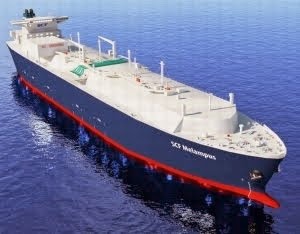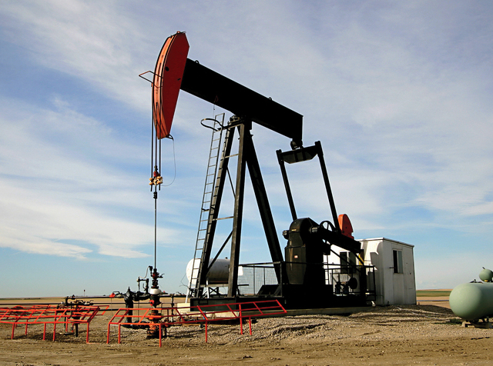OPEC, which supplies 40% of the world’s oil, will accommodate additional output from members Iraq, Iran and Libya, Secretary-General Abdalla El-Badri said, without explaining how it will do so under the group’s ceiling.
The Organization of Petroleum Exporting Countries will wait until 2015 to discuss output targets with Iraq, which currently operates outside the production-quota system for each of the group’s other 11 member countries, El-Badri told reporters today in Doha, Qatar. OPEC foresees gradual increases from Iraq and Iran, while Libya is capable of boosting output by as much as 1 MMbbl within a month, he said.
“There is no problem for OPEC to absorb any production increment from Iraq and Iran in 2014,” El-Badri said. “When Libya output comes back, we will accommodate it because its production is in our numbers.”
OPEC is set to boost output as its second-biggest producer Iraq pumps at a 35-year high and Libya’s government makes progress in talks with rebels who control fields and export terminals in the country’s oil-rich east. Sanctions on Iran over its nuclear program have constrained the country’s production and sales of crude. OPEC plans to meet on June 11 in Vienna to review its output target, now at 30 MMbpd.
Global demand will increase by 1.1 MMbpd in 2014, and the group will produce up to 30 MMbpd for the rest of the year, El-Badri said. “Of course, ministers can change that when they meet,” he said.
OPEC pumped 30.3 MMbpd in March, data compiled by Bloomberg show.
The group has yet to determine how to make room for potential output increases from Iraq, Iran and Libya, El-Badri said. “We will discuss that when they come to the point to discuss their increase,” he said.
Iraq, with the world’s fifth-largest oil reserves, is rebuilding its energy industry after decades of war and economic sanctions. Helped by investors including Royal Dutch Shell Plc and Exxon Mobil Corp., it leap-frogged Iran in 2012 to rank second in OPEC, after Saudi Arabia. Iraq pumped 3.4 MMbpd in March, according to data compiled by Bloomberg, and targets 9 MMbpd.
Iran raised production to 2.9 MMbpd last month, an increase of 65,000 bbl from February, the data show. Libya, which produced 250,000 bpd in March, holds Africa’s biggest crude reserves. Libya’s government reached an agreement with eastern rebels on April 6 to reopen two oil ports.
OPEC’s spare production capacity is at an adequate level this year, and producers and consumers are happy with current oil prices, El-Badri said. The price for OPEC’s basket of crudes rose $1, or 1%, yesterday to $103.16 a barrel, the group’s secretariat reported today.
The group’s 12 members are Algeria, Angola, Ecuador, Iran, Iraq, Kuwait, Libya, Nigeria, Qatar, Saudi Arabia, the United Arab Emirates and Venezuela.
Providing useful resources, articles and writings on crude oil, other petroleum products, energy and gas. By Tolfem Investments Limited, online.

 Tolfem Investments Limited is a leader in the of Nigerian
Bonny Light Crude Oil (BLCO) sales market. As a privately held company, Tolfem Investments Ltd. is committed to and is focused on delivering reliable services to all her
clients.
Tolfem Investments Limited is a leader in the of Nigerian
Bonny Light Crude Oil (BLCO) sales market. As a privately held company, Tolfem Investments Ltd. is committed to and is focused on delivering reliable services to all her
clients.  Tolfem Investments Ltd has an excellent track record
of reliability in the supply of Bonny light crude oil, BLCO. We protect our buyers with 2% Performance Bond while we also expect protection from our customers with bank
instrument from the world's top banks. We deliver on TTO, TTT, CIF and FOB basis.
Tolfem Investments Ltd has an excellent track record
of reliability in the supply of Bonny light crude oil, BLCO. We protect our buyers with 2% Performance Bond while we also expect protection from our customers with bank
instrument from the world's top banks. We deliver on TTO, TTT, CIF and FOB basis.

No comments :
Post a Comment